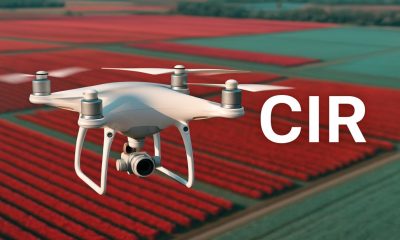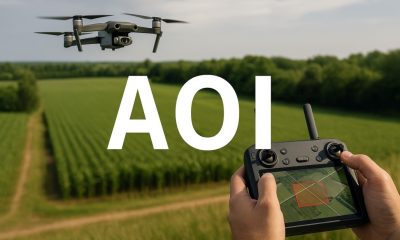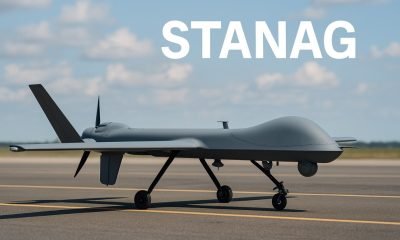Canadian Drone Regulations
Drone Class Regulations – What Are They ?
Table Of Contents

Specific Regulations by Drone Class
Micro Drones (Under 250g)
Micro drones are those that weigh less than 250 grams. Due to their lightweight nature, they are subject to fewer regulations compared to a larger drone class.
Regulations
- No Registration Required: Micro drones do not need to be registered with Transport Canada.
- No Pilot Certificate Required: Operators do not need to obtain a drone pilot certificate to fly micro drones.
- Operational Limits: Despite fewer regulations, operators must still follow basic safety rules, such as not flying in restricted airspace and maintaining a safe distance from people and property.
- Night Operations: Micro drones can be flown at night without additional lighting requirements, although it is recommended to use lights for visibility.
- No-Fly Zones: Must not fly in restricted areas such as near airports, heliports, or national parks.
Safety Recommendations
- Pre-Flight Checks: Conduct basic pre-flight checks to ensure the drone is in good working condition.
- Visual Line of Sight: Maintain visual line of sight (VLOS) at all times during the flight.
- Respect Privacy: Be mindful of privacy laws and avoid flying over private property without permission.
Small Drones (250g to 25kg)
Small drones are those that weigh between 250 grams and 25 kilograms. This category covers most consumer and commercial drones used for various purposes.
Regulations
- Registration: All small drones must be registered with Transport Canada. Operators must display the registration number on the drone.
- Pilot Certificate: Operators must obtain either a Basic or Advanced Operations certificate depending on the nature of their flights.
- Operational Limits for Basic Operations:
- Fly below 122 meters (400 feet) above ground level.
- Maintain a minimum distance of 30 meters (100 feet) from bystanders.
- Fly within visual line of sight (VLOS).
- Avoid flying near airports, heliports, and other restricted areas.
- Operational Limits for Advanced Operations:
- Can fly in controlled airspace with appropriate permissions.
- May operate near people, but specific safety protocols must be followed.
- Requires completion of a flight review in addition to the Advanced Operations exam.
- Night Operations: Drones must have anti-collision lights that are visible from at least 3 nautical miles.
Safety Requirements
- Pre-Flight Checks: Conduct comprehensive pre-flight checks, including battery levels, propellers, sensors, and software updates.
- Flight Log: Maintain detailed flight logs, including date, location, duration, and any observations.
- Emergency Procedures: Have clear emergency procedures for lost link, battery failure, and adverse weather conditions.
Large Drones (Over 25kg)
Large drones are those that weigh more than 25 kilograms. These drones are typically used for specialized commercial, industrial, or research applications.
Regulations
- Registration: Large drones must be registered with Transport Canada, and the registration number must be clearly displayed on the drone.
- Special Flight Operations Certificate (SFOC): Operators must obtain an SFOC for each specific operation or set of operations. The SFOC outlines the conditions and limitations for the flight.
- Pilot Certification: Operators must hold an Advanced Operations certificate and may require additional training and certification depending on the complexity of the operation.
- Operational Limits:
- Detailed in the SFOC, including altitude limits, distances from people and property, and any specific safety measures.
- Typically involves operating in restricted or controlled airspace with explicit permissions from NAV CANADA and Transport Canada.
- Insurance: Liability insurance is usually mandatory for large drone operations due to the higher risks involved.
Safety Requirements
- Pre-Flight and Post-Flight Checks: Conduct extensive pre-flight and post-flight checks, including mechanical, electrical, and software systems.
- Maintenance Records: Maintain detailed maintenance logs for the drone, including repairs, updates, and routine checks.
- Risk Management: Implement comprehensive risk management plans, including detailed safety protocols and emergency response procedures.
Summary
Understanding the specific regulations by drone class is essential for ensuring compliant and safe operations. Each class of drone has its own set of rules and requirements, reflecting the varying levels of risk and complexity associated with their use. Whether operating a micro, small, or large drone, adhering to these regulations helps protect public safety, ensures legal compliance, and fosters a responsible drone community.
To Learn more about acronyms used in this article visit our Drones Acronym Page.











